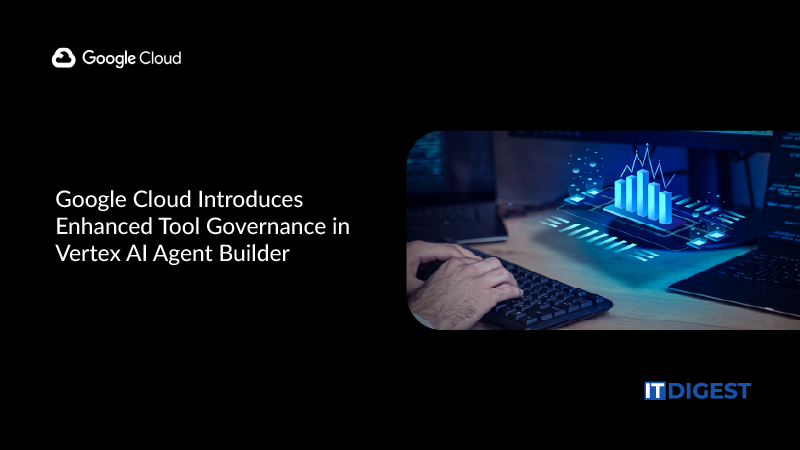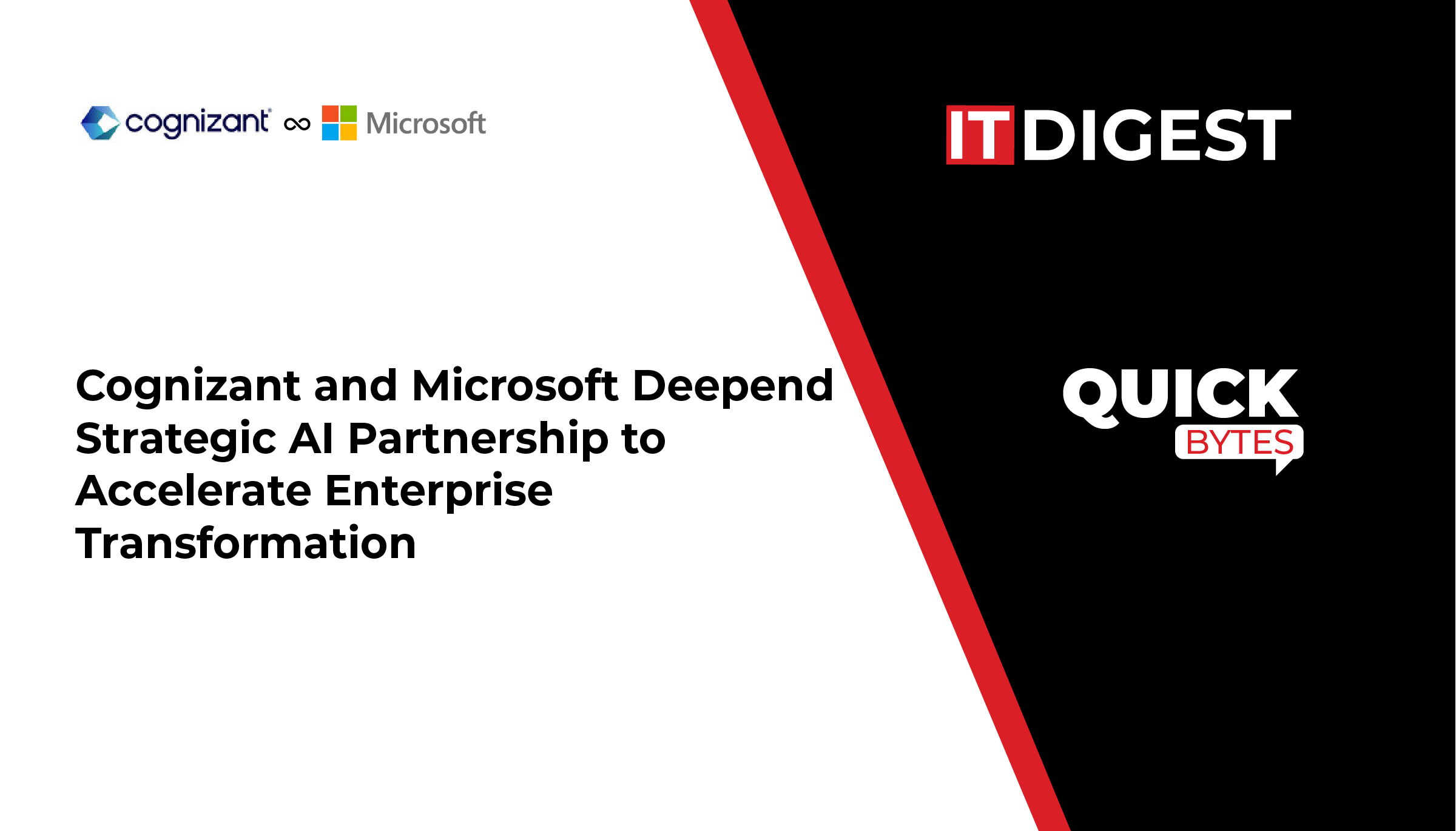Timescale—the creators of Timescale Cloud, the cloud-native PostgreSQL for time series, analytics, and events — announced the private beta launch of a consumption-based, low-cost object storage layer built on Amazon S3. Timescale Cloud customers can now store an infinite amount of data to power their applications, paying only for what they store.
Timescale’s new capabilities expand the boundaries of traditional managed databases with a novel cloud-native architecture designed to save developers money and time, incorporating elements typically associated with data warehouses and data lakes, enabling PostgreSQL developers to grow their data effortlessly for a fraction of the price of traditional storage.
Also Read: Alteryx Brings Scalability and Accessibility to Cloud Analytics with New SaaS Designer Experience
Rather than operating an external system for data archiving alongside a time-series database which often creates data silos and operational overhead, developers can now simply work with a single table where data is transparently tiered across different storage systems while retaining the ability to query that data via standard SQL.
“Since starting Timescale in 2017, we’ve continually provided the full PostgreSQL experience, which developers trust and love, and have now expanded it further for a cloud-native future,” said Mike Freedman, Timescale’s Co-founder and CTO. “These innovative data tiering capabilities seamlessly combine the strengths of an object store with our cloud database built on PostgreSQL. This makes it easier and cheaper for developers to operate data-intensive applications in AWS.”
Timescale built new database internal capabilities and external subsystems to give application developers access to an object store from within a PostgreSQL database in Timescale Cloud. The result is that time-series tables, called hypertables, can now stretch across standard disk storage (in Amazon EBS) and object storage (in Amazon S3), with data formats that are optimized for each layer. Query optimizations ensure that data is fetched from both disk and object storage for a single SQL query, abstracting away complexity from the PostgreSQL developer.

































